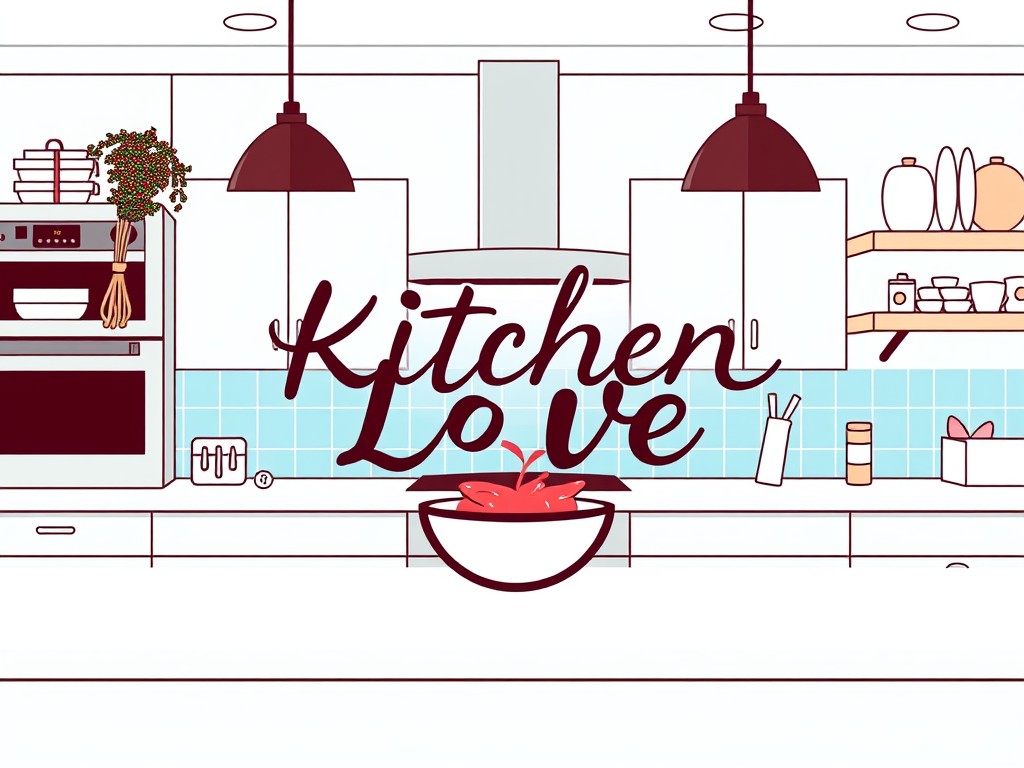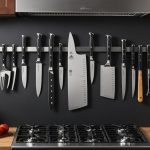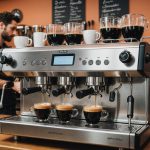Mastering Reservation and Waitlist Management: Strategies for Small Gourmet Cafes
Managing reservations and waitlists is a crucial aspect of running a successful small gourmet cafe. It involves a delicate balance between ensuring customer satisfaction, optimizing table turnover, and maintaining the smooth operation of your restaurant. Here’s a comprehensive guide to help you master these strategies.
Understanding the Importance of Reservation and Waitlist Management
Effective reservation and waitlist management is the backbone of any restaurant's success. It helps in managing customer expectations, optimizing table usage, and enhancing the overall dining experience.
Also read : Mastering the art of installing a commercial espresso machine in your small café: key strategies for success
"Reservation and waitlist management is not just about filling tables; it's about creating a seamless and enjoyable experience for our customers," says Sarah Johnson, owner of Doyle Street Cafe in Emeryville, CA. "It's crucial for building customer loyalty and ensuring our business runs efficiently."
Choosing the Right Management Software
In today's fast-paced restaurant industry, relying on manual systems for managing reservations and waitlists can be cumbersome and prone to errors. Here are some key features to look for in management software:
In parallel : Mastering Social Media: Strategies for Bars to Boost Event Awareness and Special Promotions
Key Features of Management Software
- Real-Time Updates: Ensure that your software provides real-time updates on table availability and wait times to keep both staff and customers informed.
- Customer Preferences: The ability to track customer preferences, such as special requests or frequent dining habits, can enhance customer satisfaction.
- Data Driven Insights: Software that provides data-driven insights can help you optimize table turnover, manage wait times, and make informed business decisions.
- Integration with Social Media: Integration with social media platforms can help in marketing your restaurant and managing customer feedback.
- User-Friendly Interface: A user-friendly interface is essential for your staff to quickly and efficiently manage reservations and waitlists.
| Software Feature | Description | Example Software |
|---|---|---|
| Real-Time Updates | Provides immediate updates on table availability and wait times. | OpenTable |
| Customer Preferences | Tracks customer preferences and special requests. | Tock |
| Data Driven Insights | Offers analytics to optimize table turnover and manage wait times. | Resy |
| Integration with Social Media | Allows for social media integration for marketing and feedback management. | Yelp |
| User-Friendly Interface | Easy to use interface for staff to manage reservations and waitlists. | Square for Restaurants |
Implementing Efficient Waitlist Management
Managing waitlists effectively is crucial to minimize wait times and keep customers satisfied.
Strategies for Efficient Waitlist Management
- Virtual Waitlists: Allow customers to add themselves to a virtual waitlist, reducing the need for physical waiting areas. This can be done through apps like Yelp or your restaurant's website.
- Example: Doyle Street Cafe allows customers to add themselves to a virtual waitlist, ensuring minimal wait times and a more comfortable experience.
- Text Notifications: Use text notifications to inform customers when their table is ready, reducing the need for constant checks.
- Example: Many restaurants use management software that sends automated text notifications to customers when their table is ready.
- Clear Communication: Keep customers informed about wait times and any changes through clear and timely communication.
- Example: Providing regular updates on wait times through a display board or announcements can help manage customer expectations.
Optimizing Table Turnover
Optimizing table turnover is essential to maximize revenue and ensure a smooth dining experience.
Tips for Optimizing Table Turnover
- Time Management: Train your staff to manage time efficiently, ensuring that tables are turned over quickly without rushing customers.
- Example: Implementing a system where lunch and dinner services are divided into groups can help facilitate flow and reduce lines, as seen at the Tastemaker Conference.
- Menu Engineering: Design your menu to encourage quicker dining experiences. This can include offering smaller plates or faster service options.
- Example: Creating a menu with a mix of quick and more elaborate dishes can help in managing table turnover effectively.
- Staff Training: Ensure that your staff is well-trained to handle the fast-paced environment of a restaurant.
- Example: Regular training sessions can help staff understand the importance of efficient table turnover and how to achieve it without compromising customer service.
Enhancing Customer Experience
The customer experience is paramount in any restaurant. Here are some strategies to enhance it through effective reservation and waitlist management:
Strategies to Enhance Customer Experience
- Personalized Service: Use customer data to offer personalized service, such as special requests or preferred seating.
- Example: Using management software to track customer preferences can help in offering a more personalized dining experience.
- Transparent Communication: Keep customers informed about wait times and any delays through transparent communication.
- Example: Displaying wait times clearly and providing regular updates can help manage customer expectations and reduce frustration.
- Quality Service: Ensure that your staff provides high-quality service, even in a fast-paced environment.
- Example: Training staff to be attentive and courteous, even during peak hours, can significantly enhance the customer experience.
Marketing and Customer Feedback
Effective marketing and customer feedback management are crucial for the long-term success of your restaurant.
Marketing Strategies
- Social Media: Use social media platforms to promote your restaurant and engage with customers.
- Example: Sharing updates, promotions, and customer feedback on social media can help in attracting new customers and retaining existing ones.
- Email Campaigns: Use email campaigns to inform customers about special offers, events, and new menu items.
- Example: Collecting customer information through integrated point-of-sale marketing software can help in sending targeted email campaigns.
- Review Management: Respond to customer reviews promptly to show that you value their feedback.
- Example: Using review management tools to reply to reviews on platforms like Yelp, TripAdvisor, and Google can help in building a positive reputation.
Practical Insights and Actionable Advice
Here are some practical insights and actionable advice to help you implement these strategies effectively:
Practical Tips
- Conduct Regular Training: Regularly train your staff on the importance of efficient reservation and waitlist management.
- Example: Holding monthly training sessions can help in ensuring that staff is well-equipped to handle the demands of a busy restaurant.
- Monitor and Adjust: Continuously monitor your reservation and waitlist management processes and make adjustments as needed.
- Example: Analyzing data from your management software can help in identifying areas for improvement and making necessary changes.
- Engage with Customers: Engage with customers through social media and feedback channels to understand their preferences and improve your services.
- Example: Responding to customer feedback and incorporating their suggestions into your services can help in enhancing customer satisfaction.
Mastering reservation and waitlist management is a key component of running a successful small gourmet cafe. By choosing the right management software, implementing efficient waitlist management strategies, optimizing table turnover, enhancing customer experience, and engaging in effective marketing and customer feedback management, you can ensure a smooth and enjoyable dining experience for your customers.
"Effective reservation and waitlist management is not just about filling tables; it's about creating a seamless and enjoyable experience for our customers," emphasizes Sarah Johnson. "By focusing on these strategies, we can build customer loyalty, optimize our operations, and ultimately drive the success of our business."
By following these strategies and tips, you can ensure that your restaurant stands out in the competitive restaurant industry, providing a top-notch dining experience that keeps customers coming back.











